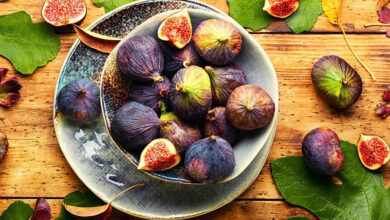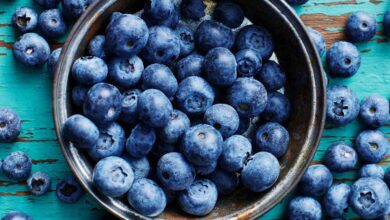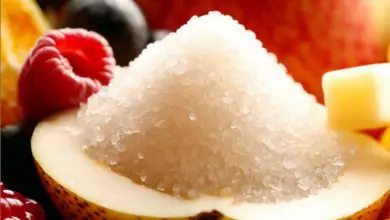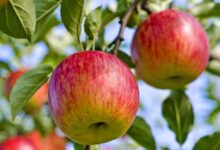What Is the National Fruit of Australia and Why? [ANSWERED]
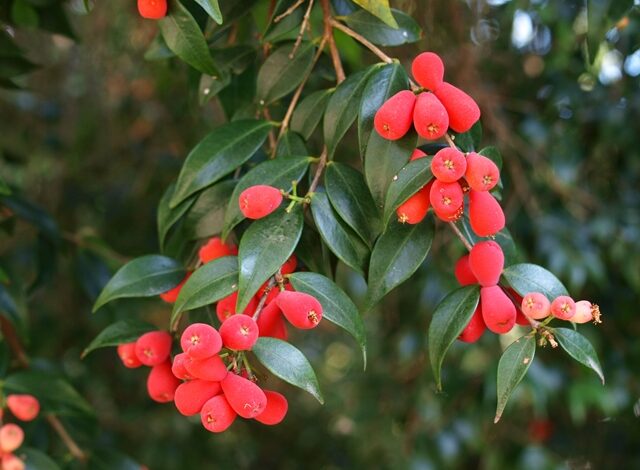
Australia boasts a variety of unique plants and animals, including some fascinating fruits. However, not everyone knows which fruit represents Australia nationally. Let’s dive into exploring Australia’s national fruit and the reasons behind its significance.
Table of Contents
- The National Fruit of Australia: Riberry Explained
- Understanding Riberry
- What Does Riberry Look Like?
- Nutrition in Riberries
- How Riberry Is Used in Cooking
- Riberry’s Cultural Significance in Australia
- Tips for Growing Riberry at Home
- Protecting Australia’s Unique Fruit Heritage
- Riberry Compared to Other Fruits
- In Conclusion
The National Fruit of Australia: Riberry Explained
Riberry, or Syzygium luehmannii, is Australia’s national fruit. This small red berry is not just native to the land, but it also holds a special place in the culture and beliefs of Indigenous Australians. Riberries are not only tasty; they’re also packed with nutrients that are good for your health.
Understanding Riberry
Riberries come from a tree grown naturally in Australia. They belong to the Myrtaceae family, which includes famous Australian plants like eucalyptus, guava, and the tea tree. You can find riberry trees mainly along the east coast of Australia, such as in Queensland, New South Wales, and Victoria.
What Does Riberry Look Like?
The riberry is a tiny, glossy berry, red in color and around 5 to 15 mm big. It has juicy white insides and grows in bunches, which can make some people think they are cherries due to the resemblance.
Nutrition in Riberries
Riberries have a lot of health benefits—they’re full of antioxidants and provide lots of Vitamin C, which is important for staying healthy, healing wounds, and making collagen. They’re also a source of fiber, which helps keep your digestive system running smoothly.
How Riberry Is Used in Cooking
Cooks love to use riberry because it’s flexible and adds an intense flavor to dishes. You can find it in sweets like pies, tartlets, and iced desserts. Riberries are perfect for creating flavorful jams and jellies. They’re also used to give a unique taste to drinks, such as cocktails, and even in making Australian craft beer.
Riberry’s Cultural Significance in Australia
For thousands of wouldn’t, riberry is a key part of Indigenous Australian food culture. Indigenous Australians not only ate it but also used it as a natural remedy. Today, riberry is gaining popularity across the nation, including with non-Indigenous Australians.
Riberry has a rich history and remains an important addition to traditional dishes.
Tips for Growing Riberry at Home
Growing a riberry tree can be a fun garden project because they are not too hard to take care of. They need soil that lets water through easily and lots of sunlight, although they are okay with a bit of shade too.
Whether from seeds or a graft, riberry trees start bearing fruit in about three years. For the best growth, water them frequently and add fertilizer once a year.
Protecting Australia’s Unique Fruit Heritage
Riberries, along with other native Australian fruits, face the danger of disappearing due to environmental issues like loss of natural habitats and climate changes.
It’s vital to take steps to save these fruits so they can be enjoyed by future generations. Efforts such as protecting land, practicing sustainable farming, and teaching people about the importance of native plants are key to conservation.
Riberry Compared to Other Fruits
Riberries may be less famous than other fruits, but they share some similarities with them. Their looks might remind you of cherries, yet their taste is totally unique. Riberries also have a hint of spices like cloves and cinnamon. Much like citrus fruits, riberries are a great source of Vitamin C.
In Conclusion
The riberry, Australia’s national fruit, is a small, tasty berry that’s important to Indigenous Australians both culturally and nutritionally. It’s incredibly flexible in cooking and loaded with health benefits.
Incorporating riberries into your diet is a delicious way to enjoy a piece of Australia’s natural bounty.

